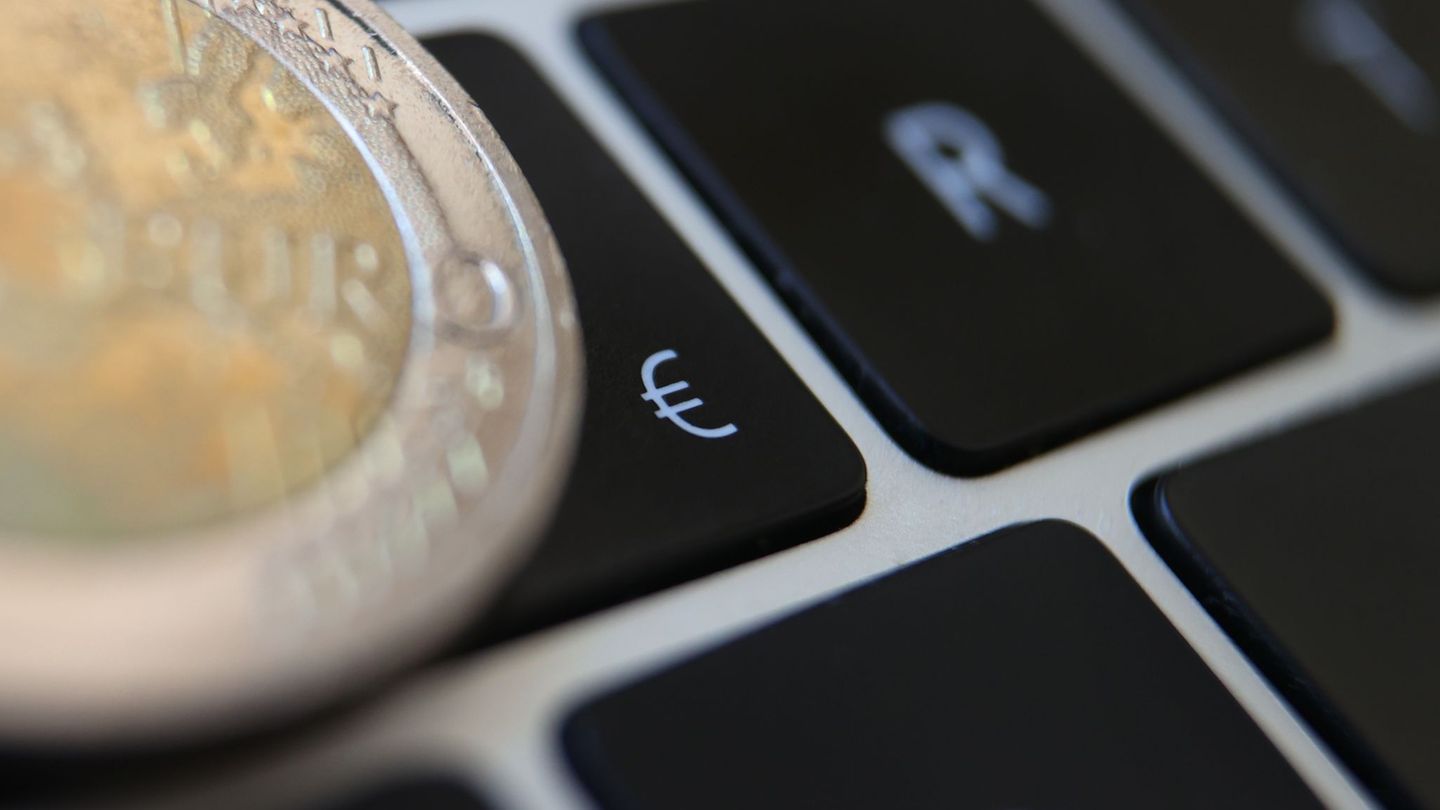Menu
Digital payment: Consumers make demands on digital euros
Categories
Most Read
This is the bank that pays the most interest today, Wednesday, October 15, 2025
October 15, 2025
No Comments
Air transport: Ryanair is reducing its offering in Germany again
October 15, 2025
No Comments
René Benko: Judges in Innsbruck sentence him to two years in prison
October 15, 2025
No Comments
They anticipate a new increase in meat due to the lack of finances and the export rebound
October 15, 2025
No Comments
Benko trial: Witness puts his insolvency assets at 900,000 euros
October 15, 2025
No Comments
Latest Posts

Kim Kardashian: This is how her divorce from Kanye West happened
October 15, 2025
No Comments
Lisa HarrisI am an author and journalist who has worked in the entertainment industry for over a decade. I currently work as a news editor

Scott Bessent said that the total bailout could reach US$40,000 million and bought pesos again
October 15, 2025
No Comments
October 15, 2025 – 1:20 p.m. “The US Treasury bought Argentine pesos in the market this morning,” said Bessent. The head of the US Treasury,

Friendship with Trump could be embarrassing for FIFA boss Infantino
October 15, 2025
No Comments
analysis Infantino’s friendship with Trump could be embarrassing for the FIFA boss Gianni Infantino and Donald Trump get along great. However, Trump’s latest statement about
24 Hours Worlds is a comprehensive source of instant world current affairs, offering up-to-the-minute coverage of breaking news and events from around the globe. With a team of experienced journalists and experts on hand 24/7.

